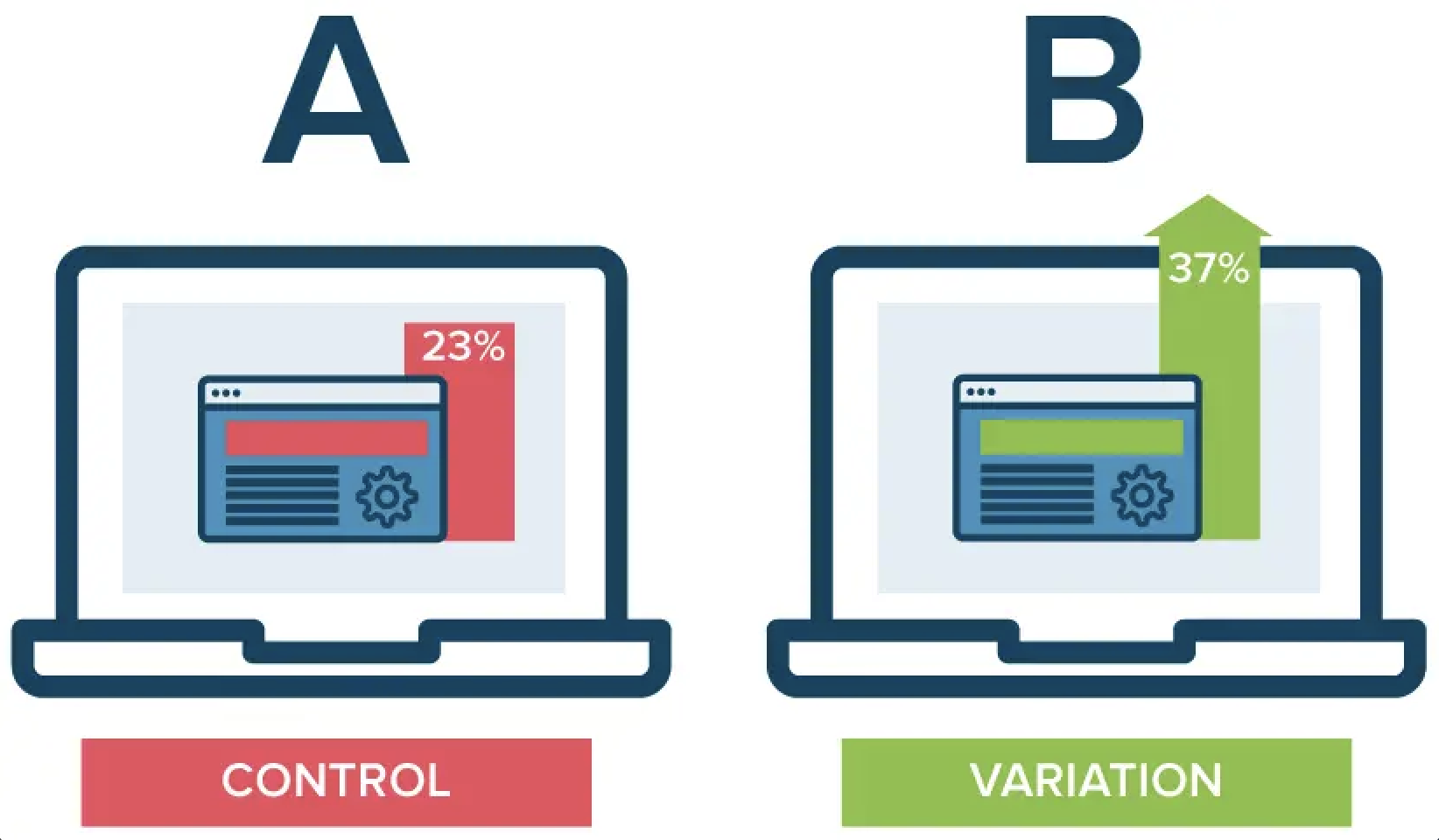In the ever-evolving landscape of Search Engine Optimization (SEO), staying ahead of the curve requires more than just implementing best practices—it demands a commitment to continuous experimentation and optimization.
SEO split testing, also known as A/B testing, is a powerful technique that allows businesses to compare different versions of their website or content to determine which performs better in search engine results pages (SERPs).
By leveraging data-driven insights from split testing, businesses can optimize their SEO strategies for maximum impact and achieve better results.

Understanding SEO Split Testing
SEO split testing involves creating multiple variations of a webpage, landing page, or piece of content and randomly assigning visitors to each version.
By measuring key metrics such as click-through rates (CTR), bounce rates, and conversion rates, businesses can determine which version performs best and make informed decisions to improve their SEO efforts.
The Benefits of SEO Split Testing
There are several benefits to incorporating split testing into your SEO strategy:
Data-Driven Decision Making
Split testing provides empirical data on how different changes impact your website’s performance in search results. Rather than relying on intuition or guesswork, businesses can make informed decisions based on concrete evidence of what works best for their audience.
Optimization for User Experience
By testing different elements such as page layout, content structure, and calls-to-action, businesses can identify improvements that enhance the user experience and lead to higher engagement and conversions.
Identification of Ranking Factors
Split testing can help businesses uncover which SEO factors have the greatest impact on search rankings.
By testing variations of title tags, meta descriptions, and other on-page elements, businesses can gain insights into which optimizations are most effective for improving search visibility.
Continuous Improvement
SEO is an ongoing process, and split testing allows businesses to iterate and refine their strategies over time.
By continually testing and optimizing, businesses can stay ahead of algorithm updates and changes in consumer behavior to maintain a competitive edge.
Key Elements to Test in SEO Split Testing
When conducting SEO split tests, businesses can experiment with a wide range of elements to identify areas for improvement. Some key elements to consider testing include:
Title Tags and Meta Descriptions
Test different variations of title tags and meta descriptions to determine which combinations result in higher click-through rates from search results.
Content Layout and Formatting
Experiment with different layouts, formatting styles, and content structures to see how they impact user engagement and time on page.
Internal Linking Structure
Test variations of internal linking strategies to optimize crawlability and distribute link equity effectively throughout your website.
Page Speed and Performance
Test the impact of page speed optimizations, such as image compression, browser caching, and minification, on user experience and search rankings.
Mobile Responsiveness
Evaluate the performance of mobile-responsive designs versus non-responsive designs to ensure a seamless experience across devices.
Best Practices for SEO Split Testing
To ensure accurate and meaningful results from SEO split testing, follow these best practices:
Define Clear Objectives
Clearly define your testing objectives and metrics for success before launching a split test. Determine what you hope to achieve and how you will measure the impact of your changes.
Control Variables
Limit the number of variables you test at once to isolate the impact of individual changes.
This allows you to accurately attribute any differences in performance to specific elements.
Randomize and Segment Traffic
Randomly assign visitors to each test variation to minimize bias and ensure that your results are statistically valid.
Consider segmenting traffic based on factors such as geographic location or referral source to account for differences in user behaviour.
Monitor and Analyze Results
Regularly monitor the performance of each test variation and analyze the data to identify trends and insights.
Look for statistically significant differences in key metrics to determine which variations are most effective.
Iterate and Iterate
Use the insights gained from split testing to inform future optimization efforts.
Continuously iterate and refine your strategies based on what you learn from each test, and never stop experimenting.
Conclusion
SEO split testing is a valuable tool for businesses seeking to maximize the impact of their SEO efforts and achieve better results in search engine rankings.
By leveraging data-driven insights from split testing, businesses can identify areas for improvement, optimize their website and content, and stay ahead of the competition in today’s competitive digital landscape.
Stay tuned for more insights on how to elevate your SEO strategy and drive measurable results through data-driven optimization techniques.



